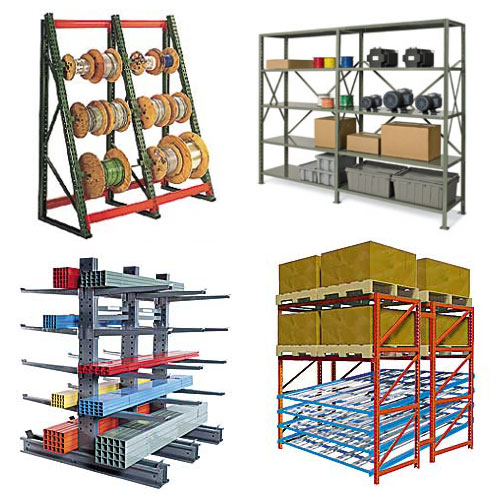 If you are considering installing new shelving in your warehouse or replacing existing shelving to make it more practical, taking the time to consider the long-term implications of your warehouse racking system can increase efficiency and reduce long-term costs.
If you are considering installing new shelving in your warehouse or replacing existing shelving to make it more practical, taking the time to consider the long-term implications of your warehouse racking system can increase efficiency and reduce long-term costs.
The first thing to consider is your storage density. Deep-lane storage opportunities — such as double-deep, drive-in, drive-though, pallet-flow and push-back racks — can make your warehouse more versatile and profitable. Obviously, if you need continual access to every pallet in our facility at all times, deep-lane storage is not the best option. But if you don’t require 100% selectivity, it usually will pay off in the long run.
FIFO or LIFO?
Before making a storage density decision, you need to consider whether your warehouse is Last-In First-Out (LIFO), or First-In First-Out (FIFO). FIFO operations do better with pallet flow racks while LIFO lends itself to deep-lane storage. If you use buried loads in a LIFO operation, you could be unnecessarily increasing your material handling labor cost.
Another thing to consider is your picking profile. Are your typical orders primarily picking pallets, cases or pieces? Do you pick from bulk to replenish a forward pick zone? How you configure your warehouse racking will be a function of your most common picking profiles. While most setups are not 100% efficient, by building your flow to your most common picking profiles, you can optimize your efficiency the greatest number of times.
